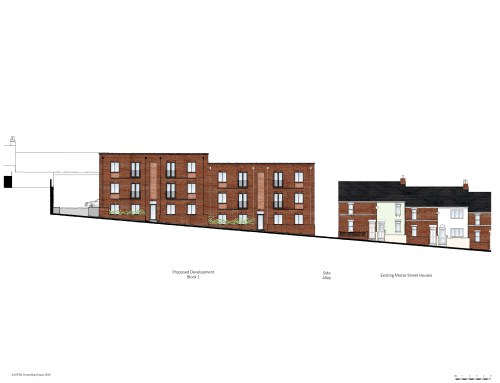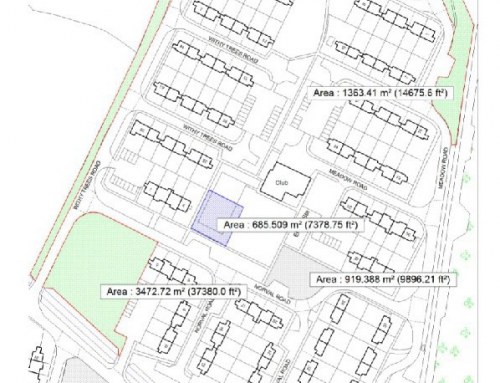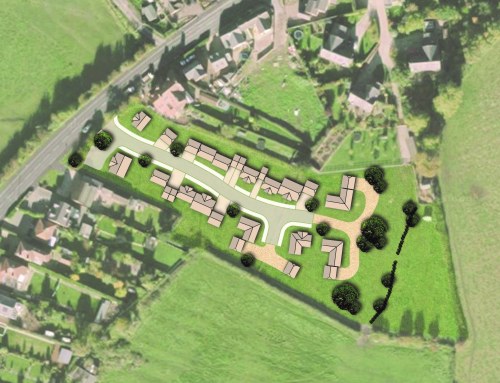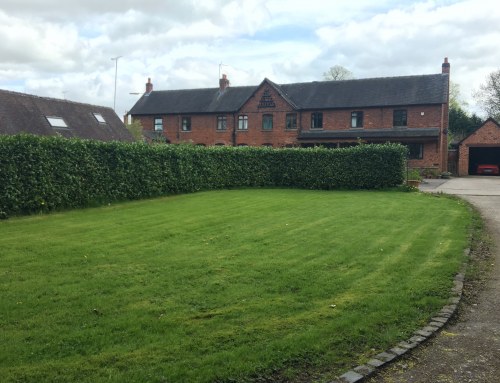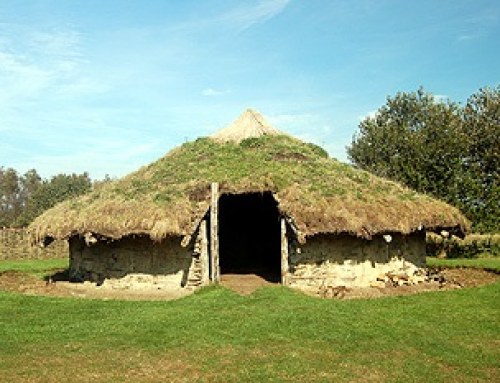DPDS were appointed by BAC O’Connor, a community drug and alcohol abuse rehabilitation service to advise on development options and subsequently obtain outline planning permission for residential development on a site surplus to their requirements within Newcastle under Lyme.
The 0.8ha site comprised two empty buildings, one dating from the 1960’s and a Victorian era lodge. Whilst not listed, the Lodge represents an important building in the locality and its location on the site frontage means it makes an important contribution to the local street scene.
Following detailed site survey work, a scheme was designed for the demolition of the 1960’s building, the conversion of the Lodge to 4 flats and the construction of up to 20 dwellings across the remainder of the site. A hybrid planning application was submitted for the proposed development accompanied by an illustrative masterplan which sought to retain the majority of the existing trees on the site and required careful consideration to address site topography issues and to ensure that there were no adverse impacts on surrounding properties. The illustrative masterplan also incorporated a site wide sustainable drainage scheme.
The scheme sought to provide a mix of flats, terraced, semi-detached and detached houses with 25% of the dwellings affordable.
Negotiations with the Local Planning Authority ensured that site development could be maximised through an agreement to provide a financial contribution to off-site open space rather than include on site provision. We were also able to successfully rebut requests for an onerous bridge to span the watercourse which separated the northern site boundary from neighbouring parkland, by demonstrating lack of need, viability and safety and security issues.
Despite providing a site access arrangement which met national standards, Members raised initial concerns regarding the achievement of site access visibility in real terms due to local parking issues. We presented additional evidence speaking twice at Planning Committee and were supported by the Highway Authority allowing us to successfully allay Member’s concerns.
The site was granted planning permission in line with the Case Officer’s recommendation and following the signing of the Section 106 Agreement was promptly sold.



